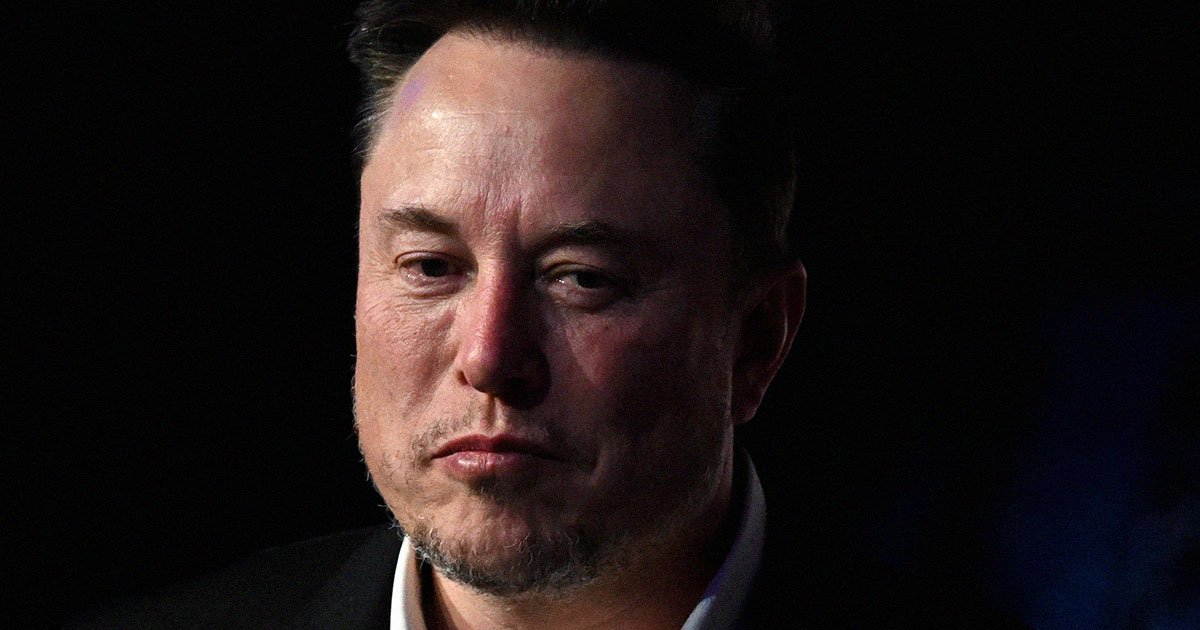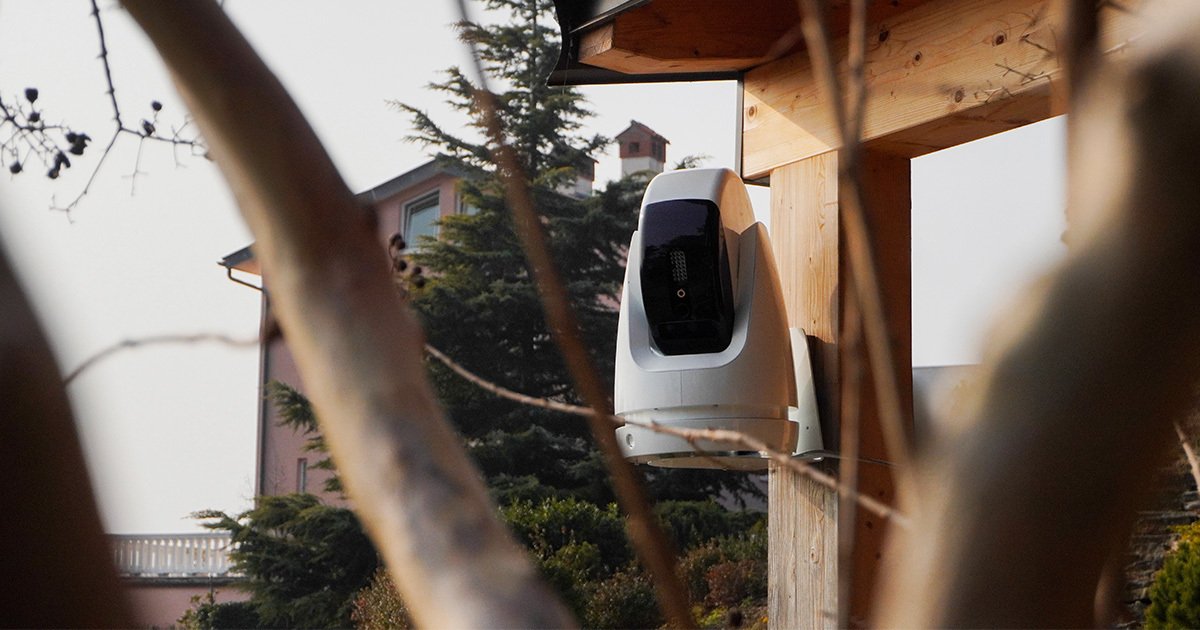It Kinda Sounds Like NASA Is Gutting Its Plans for a Moon Landing

NASA’s plans to return to the Moon are seemingly on very thin ice.
As Reuters reports, NASA has lost four key senior Artemis officials, further stoking concerns that the space agency may ditch its plans to return to the Moon altogether. Whether they’ll ever be replaced remains as dubious as ever; both president Donald Trump and SpaceX-CEO-slash-unelected-White-House-hatchet-man Elon Musk have argued that going to Mars should take priority.
The outgoing officials, according to Reuters, include three senior staffers at NASA’s Marshall Space Flight Center, as well as Jim Free, the agency’s associate administrator who has championed the Artemis program.
Meanwhile, billionaire tech founder — and SpaceX space tourist — Jared Isaacman, who Trump appointed as the next NASA administrator last year, has been strikingly quiet over the last couple of months.
But in a tweet over the weekend, Isaacman made the case for “sending humans to another planet” — pointedly not the Moon.
The avid space traveler was responding to a post that showed the “clearest image of Mars ever taken” by NASA.
“When I see a picture like this, it is impossible not to feel energized about the future,” he wrote.
However, Isaacman stopped short of explicitly saying NASA’s current plans to return to the Moon should be canceled, arguing that “groundbreaking technologies in propulsion, habitability, power generation, in-situ resource utilization, and manufacturing” could unlock “mission optionality from the Moon to Mars and beyond.”
Nonetheless, it’s hard not to see his sudden enthusiasm for the Red Planet as an early warning sign that NASA’s existing extraterrestrial travel plans could be on short notice.
Most prominently, Musk hasn’t beaten around the bush when it comes to his aversion for the Artemis program, arguing that its “architecture is extremely inefficient” and accusing it of being a “jobs-maximizing program, not a results-maximizing program” in a Christmas Day tweet.
NASA’s rocket of choice, the Space Launch System (SLS), has also proven particularly troubled. Its development is billions of dollars over budget and years behind schedule. The rocket successfully delivered NASA’s Orion capsule around the Moon and back without a crew on board in late 2022, as part of the inaugural Artemis program mission.
But whether the mission will get a followup in the coming years remains unclear. Lawmakers have remained adamant that Artemis is our best shot to return to the Moon as Musk’s so-called Department of Government Efficiency rips through federal agencies at a breakneck pace to make brutal cuts.
Following reports of possible mass cullings at NASA, the agency’s interim administrator Janet Petro told senior officials that the firing of around 1,000 “probationary” employees was on hold, at least temporarily, a last-minute decision that sowed even more confusion.
In short, it’s a possibly existential moment for NASA’s Artemis program, which was first conceived during Trump’s first term. With the president, his number one sidekick, and the agency’s future administrator — Congressional approval pending — voicing their desire to visit Mars, it’s hard not to see the possibility of major changes being made in the coming months.
The warning signs of a major shift in priorities are certainly there. Case in point, SLS contractor and embattled aerospace giant Boeing announced earlier this month that roughly 400 SLS-related jobs could be axed as soon as April 2025.
Isaacman is expected to prepare for his confirmation hearing in front of Congress in Washington this week. Whether he’ll stand up for the Artemis program and side with lawmakers — or double down on Trump and Musk’s desire to go to Mars instead — remains to be seen.
More on Artemis: Trump Enacts Brutal Cuts at NASA











